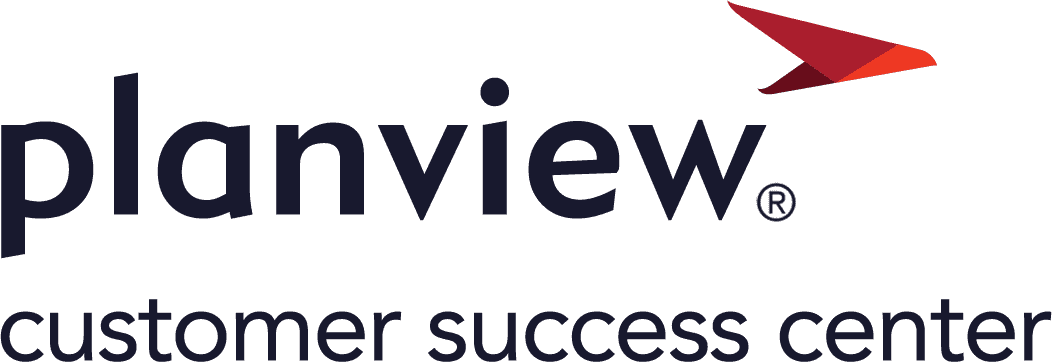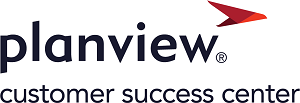AdaptiveWork process flows
Overview
OKRs (Objectives and Key Results) are a powerful outcome-driven framework that helps organizations define and track progress toward their strategic goals. In AdaptiveWork, OKRs are designed to align work delivery with organizational strategy. By linking objectives and key results at various levels—project, program, or portfolio—AdaptiveWork provides a clear line of sight into value delivery. This guide will show you how to create and manage objectives, define key results, track contributions, and measure progress to ensure your work is aligned with the broader goals of the organization.
Process steps

| Process step | Description |
|---|---|
| Create the project (team) | Create the project (or) |
| Create the program | Create the program (or) |
| Create the portfolio | Create the portfolio. |
| Add and define related objectives | From the project, program, or portfolio, add a related objective. Existing objectives may be reused, or a new objective may be created. For more information: |
| Create and define the related targets |
From the objective, add a related target. Existing targets may be reused, but more commonly a new target will need to be created. Once the target is saved, define the target attributes and other information. Common fields to track are description, unit, unit type, unit scale, initial value, initial date, target value, target date. |
| Create and define the contributions |
From the target, portfolio, or work item, add a related contribution. Once the contribution is saved, add planned dates, values, and attributes. The unit field will always be inherited from the target that it is linked to. The planned and actual value fields of all contributions linked to the same target will roll up to the direct planned and actual contribution values of that target respectively. |
| Add actual value and dates | Keep planned value, date, actual value, and date fields up-to-date. |
Best practices
Align OKRs to business strategy
Connecting and aligning goals at every level of the organization is one of the key benefits of the OKRs framework – everyone wins when they understand how their work fits into the big picture strategy of the organization. Using an objective hierarchy – where enterprise or corporate strategy-level objectives are defined, then teams define their objectives to align to the strategy-level or levels in between – allows organizations to have bidirectional goal alignment.
Use informal language for objectives
The purpose of objectives in the OKR structure is to challenge companies to reach toward lofty, intimidating goals. Many organizations choose to use simple and informal language to write their objectives – this is intentional. To be effective, objectives must be easy to communicate and easy to understand.
Define your objectives properly
Objectives are simply defined by what is to be achieved, and should be ambitious (big-picture, aspirational), qualitative (able to be defined verbally in concrete terms), actionable (able to be implemented in current conditions), and time-bound (a timeline should be defined in the objective itself). Look at examples of OKRs from other organizations to get a better understanding of how to define OKRs.
Define specific and measurable key results
Key results make your objective actionable and determine how progress toward your objective will be measured. Key results give team members a clear-cut way of knowing whether they’re making progress, and provide leadership a subjective way of assessing performance. Key results should be measurable, specific, time-bound, and verifiable. Look at examples of OKRs from other organizations to get a better understanding of how to define key results.
Track early versus lagging indicators
Ensure the metrics you measure for key results can be collected and analyzed during the time period specified for the OKR. Many business metrics – such as revenue – are lagging indicators, and not timely or accurate enough to determine the impact of one specific change.
Reevaluate OKRs if progress slows
It can be helpful to look for patterns in OKR scoring to gauge whether your OKRs are sufficiently “sized” for your organization or team. Similarly, if your organization is struggling to make meaningful progress on most of its goals, then you might need to adjust the size or quantity of your OKRs moving forward to make them more achievable.
Create shared OKRs
Create shared OKRs if your OKRs overlap with another team’s goals.

